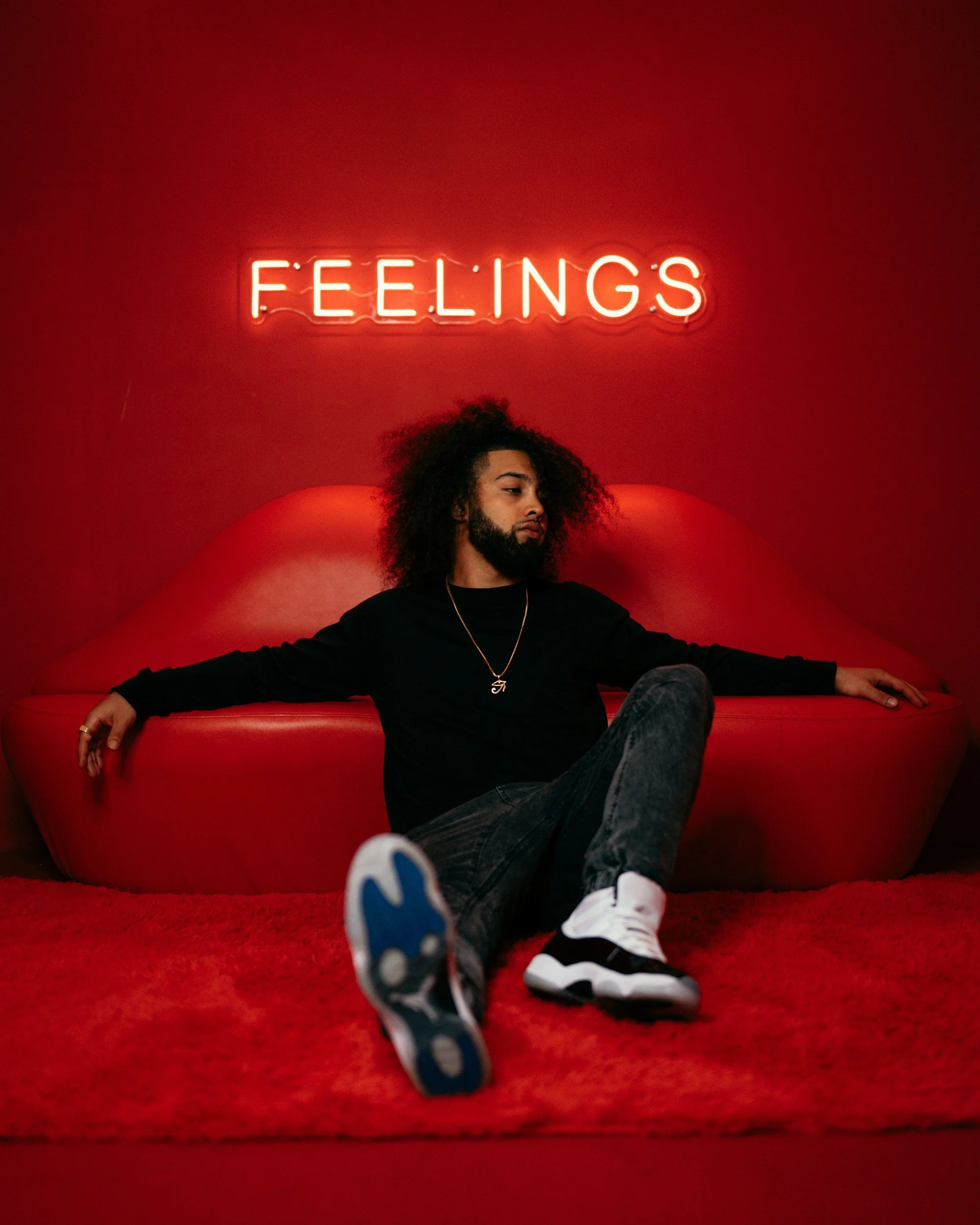The Secret Psychology of Color: How to Choose the Right Shade for Every Room
When you walk into a room painted a certain colour, you feel something. A soft blue bedroom feels calming. A bright yellow kitchen feels cheerful. A bold red dining room feels alive. That’s not an accident—it’s psychology.
Color doesn’t just change how our homes look. Research shows it actually influences our mood, our creativity, and even our behaviour. Let’s take a closer look at what science says about different colours, and how you can use them to design a home that truly supports the way you want to live.
Red: Bold, Exciting, and Stimulating
Red is the color of passion—and your brain reacts to it instantly. Studies have found that red increases arousal, raising your heart rate and even making people seem more dominant or attractive (Elliot et al., 2007). But there’s a flip side: red can also trigger stress or avoidance in high-pressure settings.
At home: Use red in moderation. Try it on a dining room wall or in statement decor where you want energy and lively conversation. But skip it in the bedroom—too stimulating for a good night’s sleep.
Blue: Calm, Trustworthy, and Clear
Blue consistently ranks as the world’s favorite color, and for good reason. It’s soothing, trustworthy, and linked to relaxation. Research also suggests blue environments encourage creativity and open thinking.
At home: Perfect for bedrooms and bathrooms if you want a spa-like, calming vibe. Also great for a home office, where it promotes focus and clarity.
Green: Balanced, Refreshing, and Creative
Green is the color of nature, growth, and balance. Even a quick glimpse of green has been shown to boost creative performance (Lichtenfeld et al., 2012). It feels restorative—like bringing the outdoors in.
At home: Use green in living rooms to create a welcoming, balanced space, or in your office/studio to spark new ideas. It’s also a lovely choice for kitchens, where it brings freshness and vibrancy.
Yellow: Joyful and Energizing
If sunshine had a color, this would be it. Yellow is bright, optimistic, and high-energy. Studies show it’s strongly linked with happiness across cultures (Jonauskaite et al., 2023). The only catch? Too much can feel overwhelming.
At home: Yellow sings in kitchens, entryways, or breakfast nooks—anywhere you want a dose of morning cheer. But avoid covering whole bedrooms in yellow, unless you’re okay with restless energy.
Purple: Luxurious and Inspiring
Historically the color of royalty, purple still carries a sense of richness and depth. It can also spark creativity and a little drama.
At home: Deep purples work beautifully in bedrooms for a cozy, luxe atmosphere. Softer lavenders are calming and elegant, perfect for accent walls or accessories.
Neutrals: Black, White, and Grey
Black adds sophistication and drama, though too much can feel heavy.
White feels clean and open, making spaces look bigger and brighter.
Grey is versatile and grounding, though research shows it can evoke boredom or sadness if overdone.
At home: Use black in accents or furniture for elegance, white for kitchens and bathrooms, and grey as a neutral backdrop balanced with pops of color.
Room-by-Room Quick Guide
Bedroom: Blue, soft greens, or lavender for peace and rest.
Living Room: Green, blue, or warm neutrals for balance and togetherness.
Kitchen: Yellow, green, or red accents to spark energy and appetite.
Dining Room: Rich reds or purples for vibrancy and conversation.
Home Office/Study: Blue for focus, green for creativity.
Bathroom: White and blue for freshness and calm.
Final Word: Design for How You Want to Feel
Color psychology isn’t about rules—it’s about possibilities. Science shows us that certain colors consistently evoke certain feelings, but your personal associations matter too. A bold red wall might make one person feel energized and another feel anxious.
So, the next time you’re picking a paint color, ask yourself: How do I want to feel in this room? Then let color be your secret design tool.

